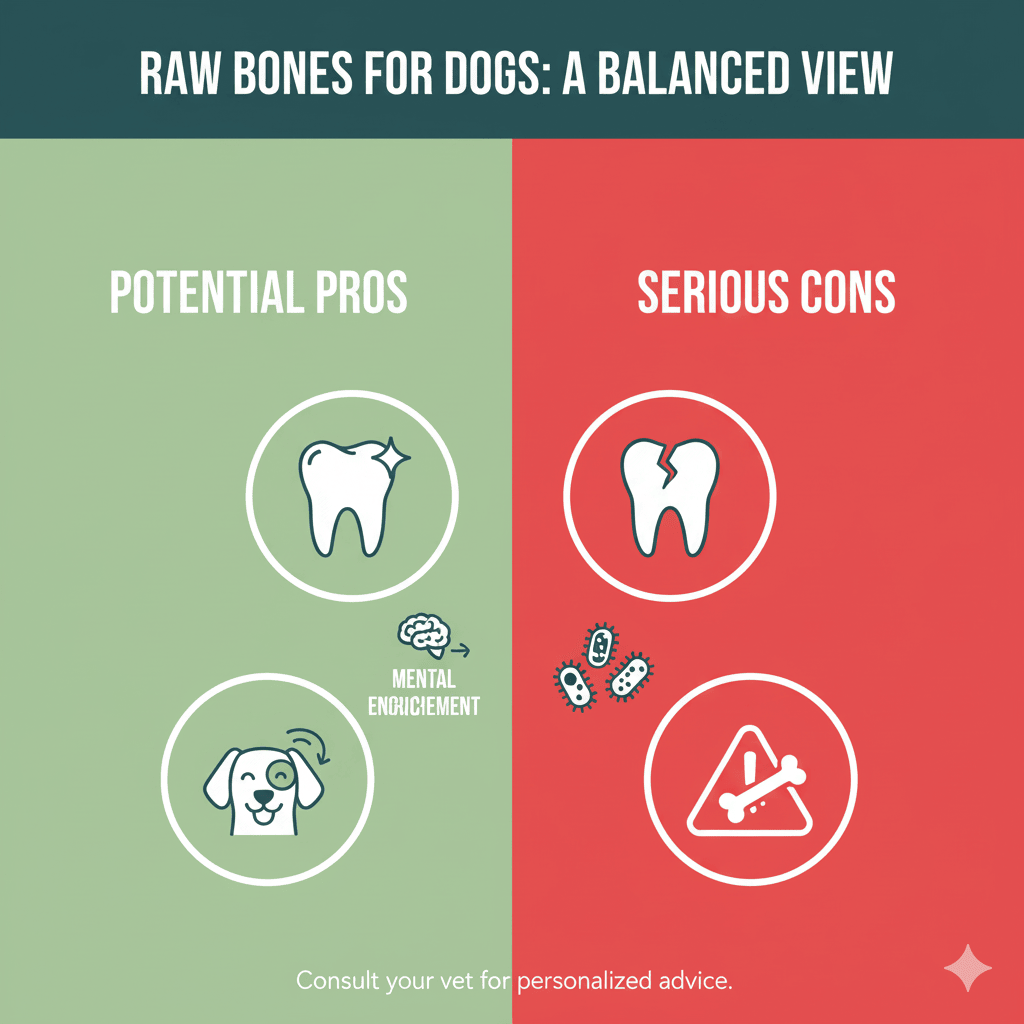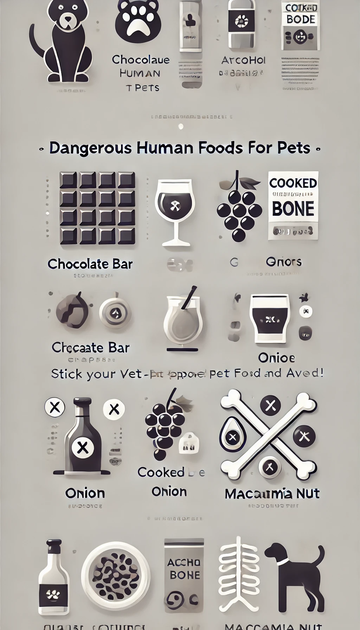Introduction
A dog's need to chew is as natural as their need to run and play. Chewing is a deeply instinctual behavior that provides mental stimulation, relieves stress, and even helps keep their teeth clean. Providing an outlet for this drive is a key part of responsible dog ownership. But a walk down the chew aisle can be overwhelming, with traditional options like rawhides and bones sitting next to a dizzying array of alternatives.
The most important question is: are these popular long-lasting chews actually safe? The answer is complex and comes with significant risks that every pet parent needs to understand to prevent a potential emergency.
The Rawhide Debate: What Are the Risks?
Rawhide chews are made from the inner layer of hide from animals like cows and horses. They are cleaned, processed, and formed into familiar bone shapes. While they can keep a dog occupied for hours, the potential dangers are serious.
The primary risks associated with rawhide include:
- Choking and Intestinal Blockages: This is the most significant danger. As a dog chews, the rawhide becomes soft and gummy. They can easily tear off a large piece and swallow it whole. Because rawhide is not easily digestible, that piece can swell in the stomach or get lodged in the digestive tract, creating a life-threatening blockage that requires emergency surgery.
- Contamination: The manufacturing process for rawhide can involve chemicals, and some products, particularly those with less stringent quality control, may be contaminated with bacteria like Salmonella.
- Digestive Upset: Some dogs simply don't tolerate rawhide well, leading to vomiting or diarrhea.
Given these risks, many veterinary professionals advise against them. If you do offer rawhide, constant supervision is mandatory.
The Bone Question: Cooked vs. Raw
Giving a dog a bone seems like the most natural thing in the world, but the distinction between cooked and raw is a matter of safety.
Cooked Bones are NEVER Safe
Let's be unequivocal: never give your dog a cooked bone. The cooking process makes bones brittle and prone to splintering into sharp, dagger-like shards. These splinters can cause devastating injuries, including:
- Broken teeth
- Cuts to the mouth and tongue
- Choking
- Perforations of the esophagus, stomach, or intestines
The dangers of cooked bones from your steak, chicken, or ribs are simply too high.
Are Raw Bones a Better Option?
Raw bones are softer and less likely to splinter, and they can be a good source of minerals. However, they are not risk-free. Potential issues include:
- Bacterial Contamination: Raw meat and bones can carry harmful bacteria like E. coli and Salmonella, which pose a risk to both your dog and the humans in your home.
- Dental Fractures: Aggressive chewers can still break their teeth on dense raw bones like marrow or leg bones.
- Digestive Issues: The rich marrow can be too much for some dogs, potentially triggering a painful bout of pancreatitis or severe diarrhea.
Safer Alternatives for Power Chewers
The good news is there are many safe long-lasting chews that can satisfy your dog's instincts without the same level of risk.
- Highly Digestible Chews: Look for single-ingredient, easily digestible options like bully sticks, beef tendons, or fish skins. These break down more safely in a dog's stomach.
- Durable Rubber & Nylon Toys: Non-edible toys from reputable brands like KONG or Nylabone are specifically designed for different chew strengths. They can't be ingested and can often be stuffed with food or treats for added enrichment.
- The Thumbnail Test: A great rule of thumb for dog chew safety is the thumbnail test. If you press on the chew and cannot make an indentation with your thumbnail, it is likely too hard and could fracture your dog's teeth. Avoid extremely hard items like antlers, hooves, and hard nylon bones for aggressive chewers.
No matter what you choose, supervision is always key. Take away any chew once it becomes small enough to be swallowed.
Choosing the right chew is an important part of your dog's overall health and enrichment plan. The PetMealPlanner app can help you track your dog's treat and chew intake, ensuring you stay within their daily calorie goals while providing safe, healthy enrichment. (For more on incorporating treats and chews into a balanced diet, read our guide on [The 10% Rule: How Many Treats is Too Many?])
While rawhide and bones pose serious risks, safer alternatives like digestible chews and durable toys can satisfy a dog's need to chew.
Conclusion: Chew Wisely and Supervise Closely
Satisfying your dog's natural urge to chew is a wonderful way to enrich their life, but safety must always come first. The significant risks associated with rawhides and bones—especially cooked ones—mean that safer alternatives are often the better choice. By selecting chews that are appropriately sized, digestible, and not excessively hard, you can provide your dog with hours of happy, healthy chewing. And remember, the most important safety tool you have is your own watchful eye.


